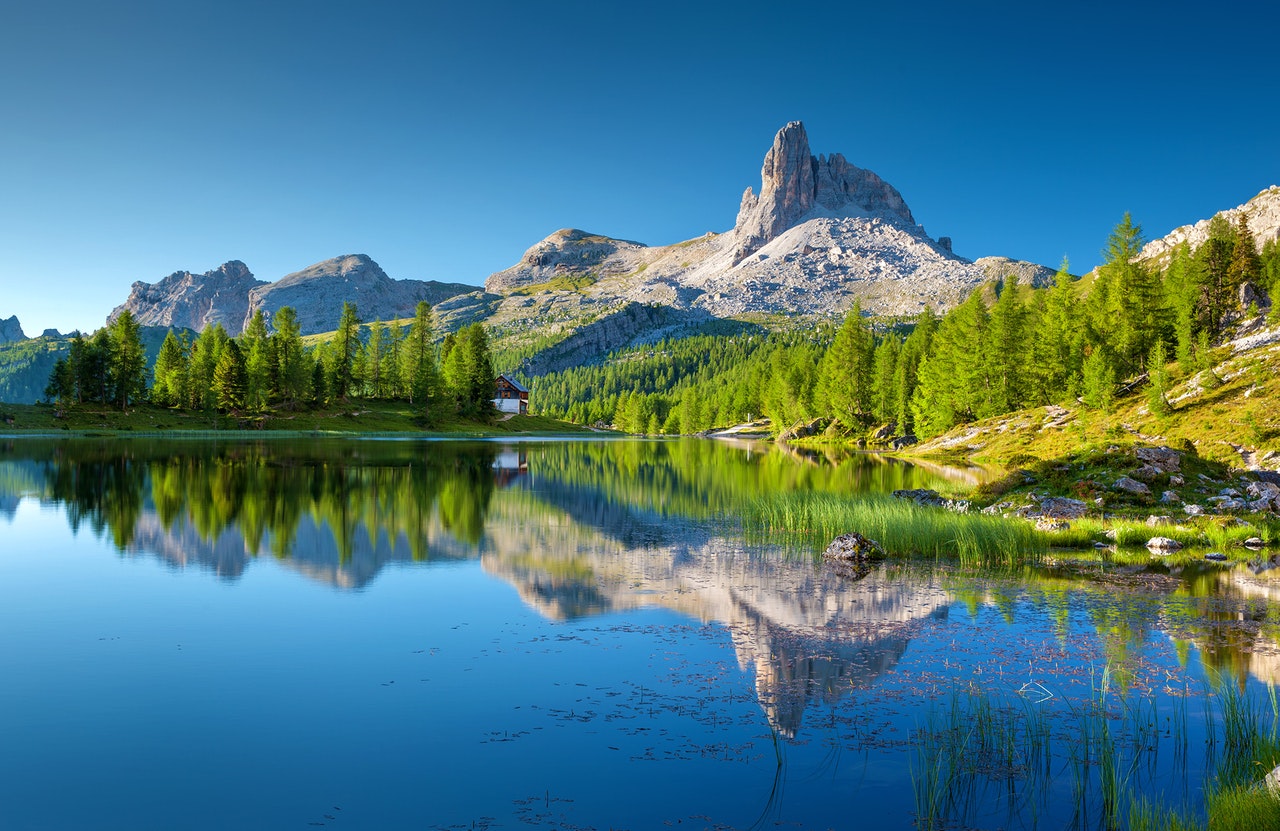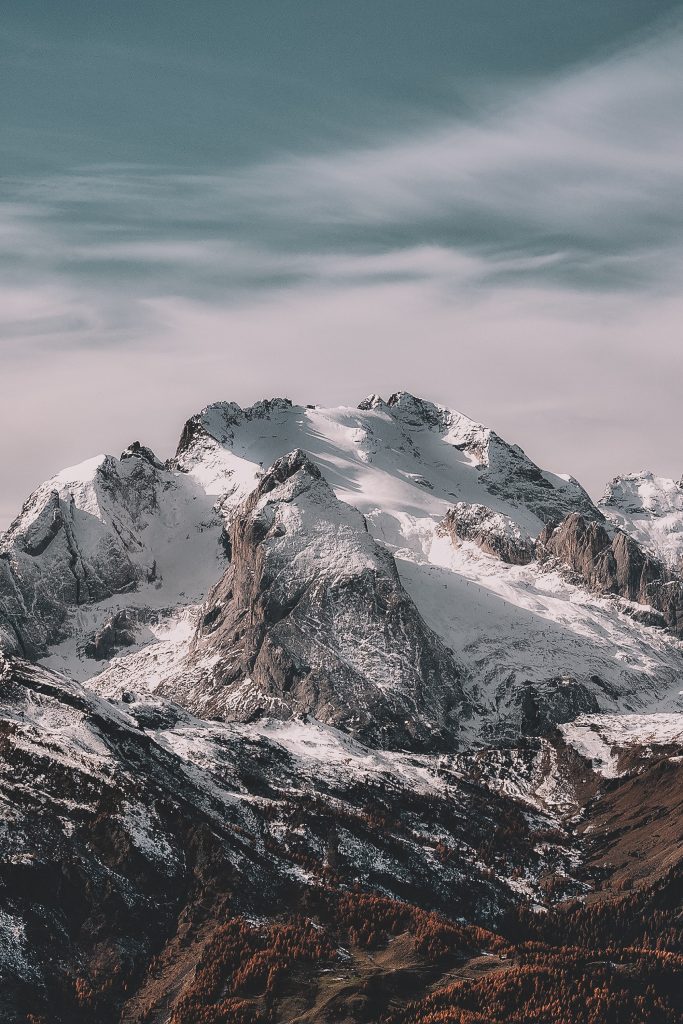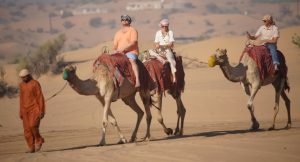
Juan Ramon Gomis
Juan blogs about walking and climbing in the mountains here, taking pictures of this travelling in Europe here and looking at flowers, here. I share some interesting reflections from the culture on the Italian Alps.
For much of the 18th and 19th century, the Alps represented the idea of the mountain. In literature, poetry, opera and popular imagination the Alps dominated the imagination of the English, French and Germans especially. In the UK this leads to the creation of the World’s First Mountaineering society, the Alpine Club in 1857.
My favourite text from the classical era of the love of the Alps is the poem, the Traveller by Oliver Goldsmith.
Goldsmith was writing in the period in the history of English Literature, from 1750 to 1800, which used to be known as the “The Age of Johnson”. He was writing at the same time as Dr Johnson but also Edmund Burke and the poets like Burns, Gray, and Cowper. It is this poem that really invented the romantic idea of the lonely traveller in the Alps, an English wanderer seated on a crag among Alpine solitudes, devising, and recounting the philosophy of the age. Goldsmith wondered long across the continent himself, his face had the many cuts and scares to prove it as he suffered from the Pox and lived as a beggar but from all this, the romanticism of the mountains was born.
Here is an extract from this wonderful piece:
Nature, a mother kind alike to all,
Still grants her bliss at Labour’s earnest call:
With food as well the peasant is supplied
On Idra’s cliffs as Arno’s shelvy side;
And though the rocky-crested summits frown,
These rocks by custom turn to beds of down.
From Art more various are the blessings sent,–
Wealth, commerce, honour, liberty, content.
Yet these each other’s power so strong contest,
That either seems destructive of the rest.
Where wealth and freedom reign, contentment fails,
And honour sinks where commerce long prevails.
Hence every state, to one lov’d blessing prone,
Conforms and models life to that alone.
Each to the favourite happiness attends,
And spurns the plan that aims at other ends:
Till carried to excess in each domain,
This favourite good begets peculiar pain.
For the romantics’ mother nature, the simple life of the Peasant, the dignity of labour done with the hands and not with tools, are all keys to being an authentic human being. The underlying assumption here and in many other similar works is that poverty is noble while commerce is destructive. The kind of work that a person does matters more than the reward for that work. There is no honour possible in a life of commerce, in Goldsmith’s view. There are many layers of irony in this world view, expressed by a man like Oliver Goldsmith. The first irony is the separation of the worker and the peasant. The worker in the factory, in this world view, is a part of commerce because they gain wages from the dark satanic mills that dominated the landscape of northern England at this time. The worker was part of the problem and although they might have come from good peasant stock, from the mountains perhaps even one day, they had now lost their honour as they became part of the process of production from the factory. The themes repeated in Mary Gaskell’s North and South are evident here. The deeper irony is that factory worker is being exploited in this system as deeply as the peasant but for the romantics, because the life of the peasant was authentic, was real, there was no exploitation in it. The reality, as Karl Marx was to demonstrate in the Communist Manifesto, not long after, was that both worker and peasant were being exploited. In the Agricultural system, the landowner makes money from the labour of the peasant but also owns the land and passes it from generation to generation ensuring that there is no route for the peasant to change his position except by leaving the land. Feudalism was created to ensure that this was not possible but when it was abolished, that did not make it easier for the peasant to change their lives it just made it easier for the peasant to leave one kind of slavery, that on the land, for wage slavery in the factory. In the industrial system, so hated by the romantics, at least the worker had some scope for changing his master, his place of work and, gradually with the birth of the Chartist movement in the 1820s onwards, organising in Trade Unions to increase their wages.
The romantic image of the mountain and the peasant in this work is just that, a wonderful image. Goldsmith worked hard all his life as a writer and journalist, lecturer and thinker, but in the end, he was much closer to the worker he despised than to the peasant he idolized.
Juan Ramon Gomis is a mountain lover. He blogs about walking and climbing in the mountains here, taking pictures of this travelling in Europe here and looking at flowers, here.



